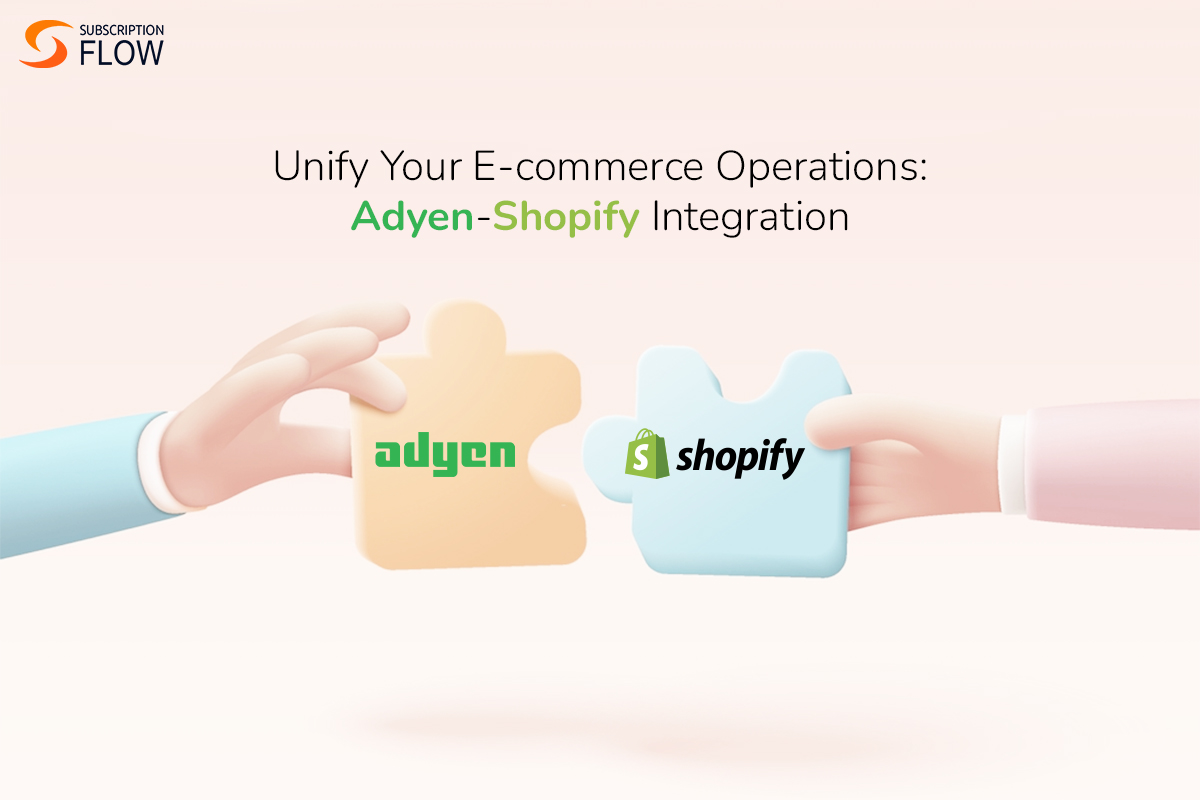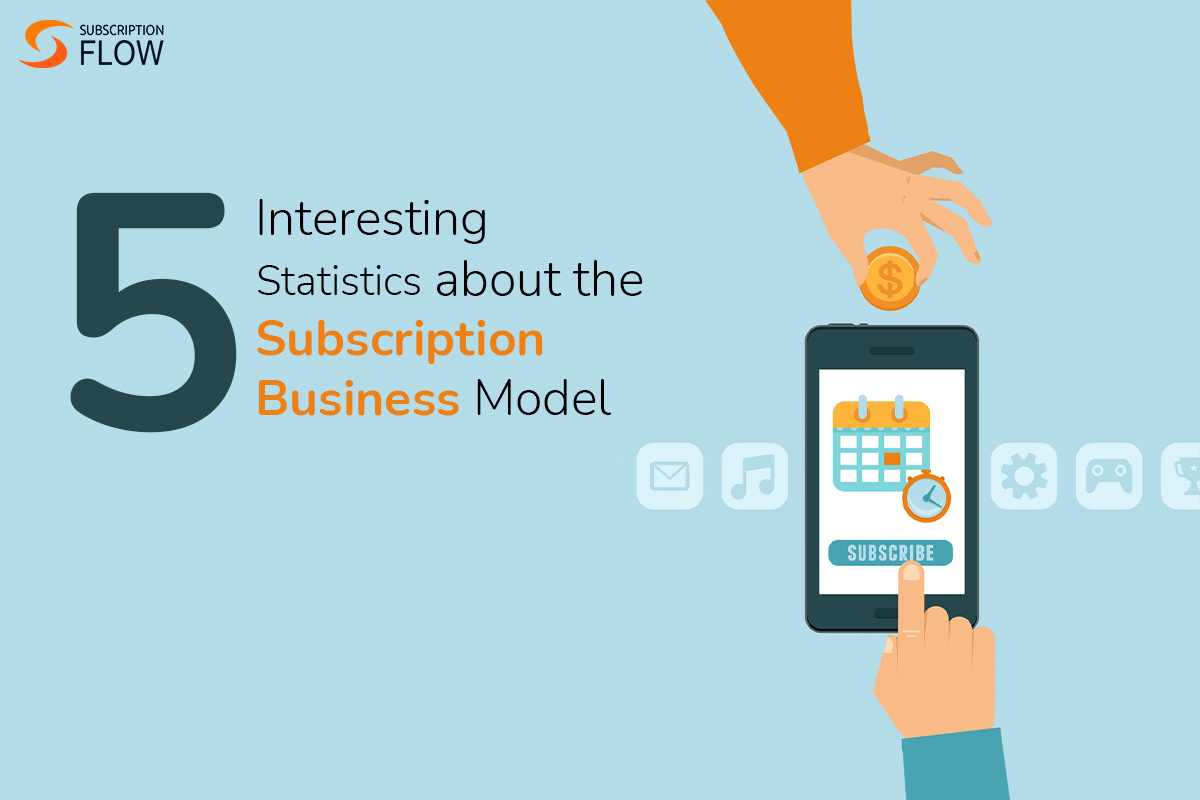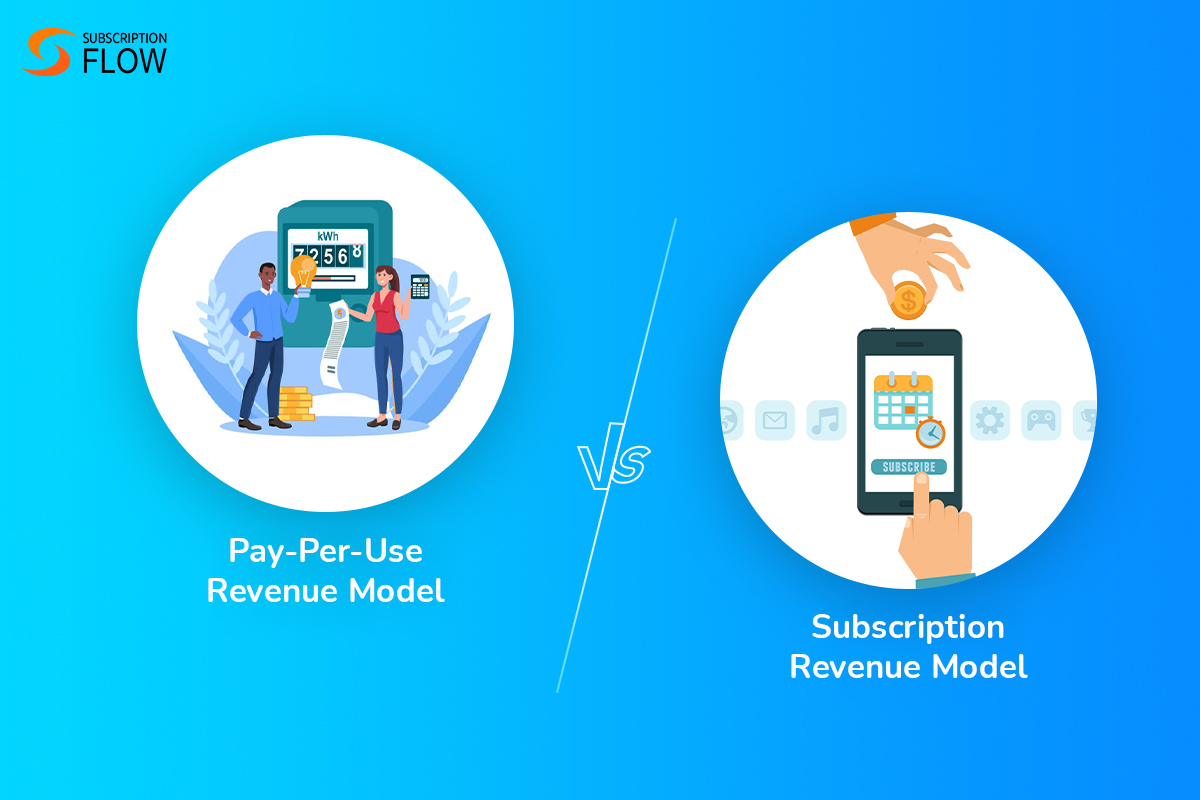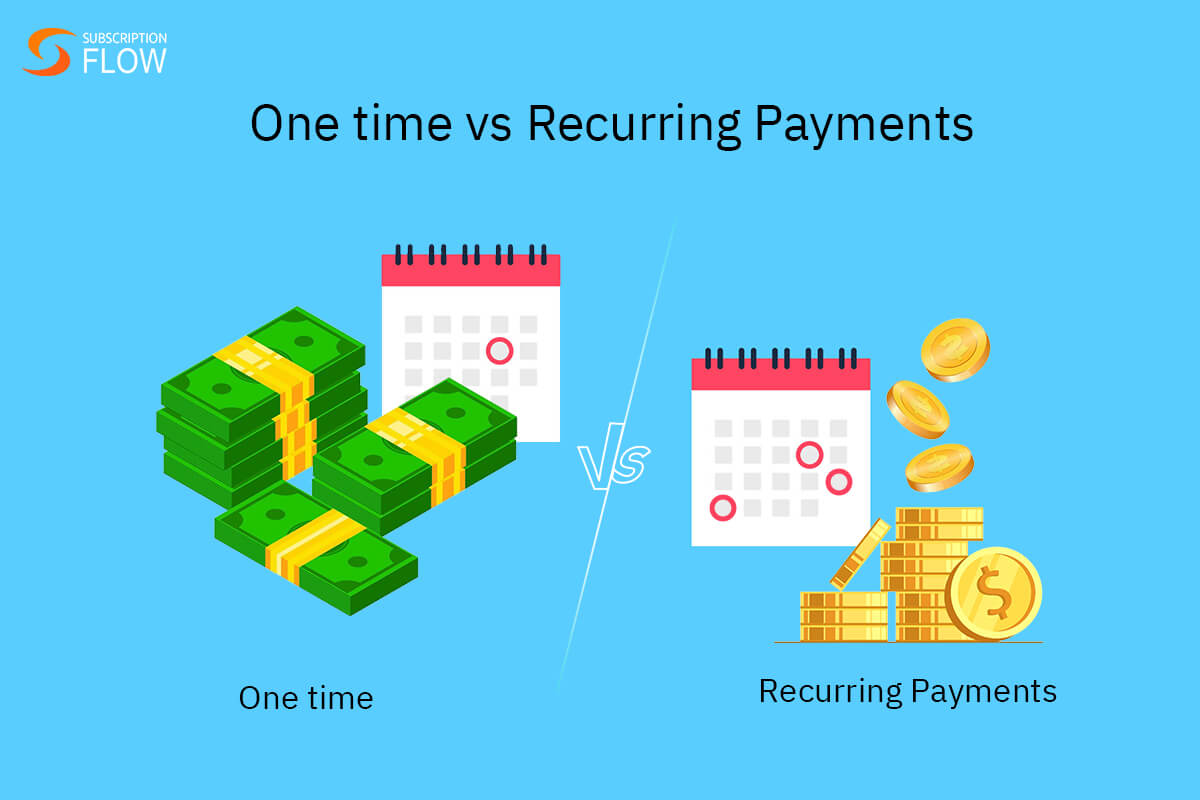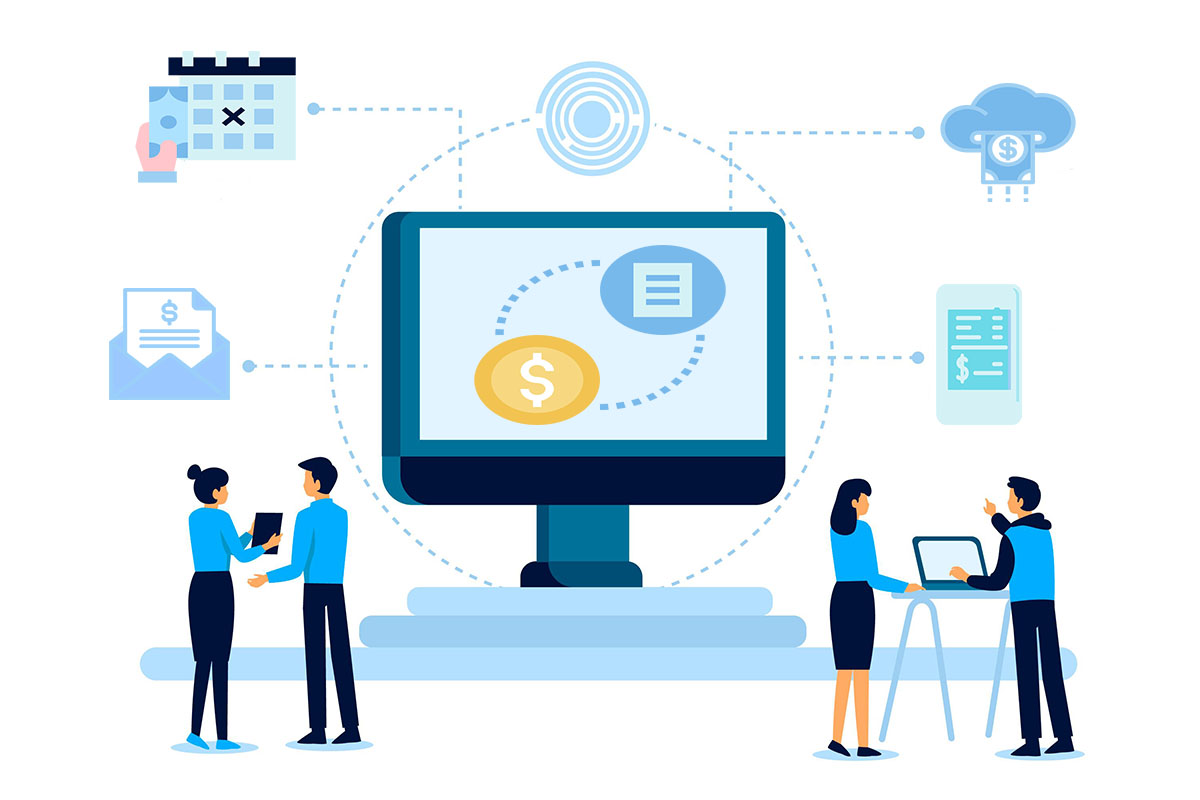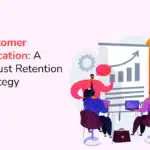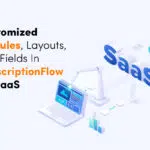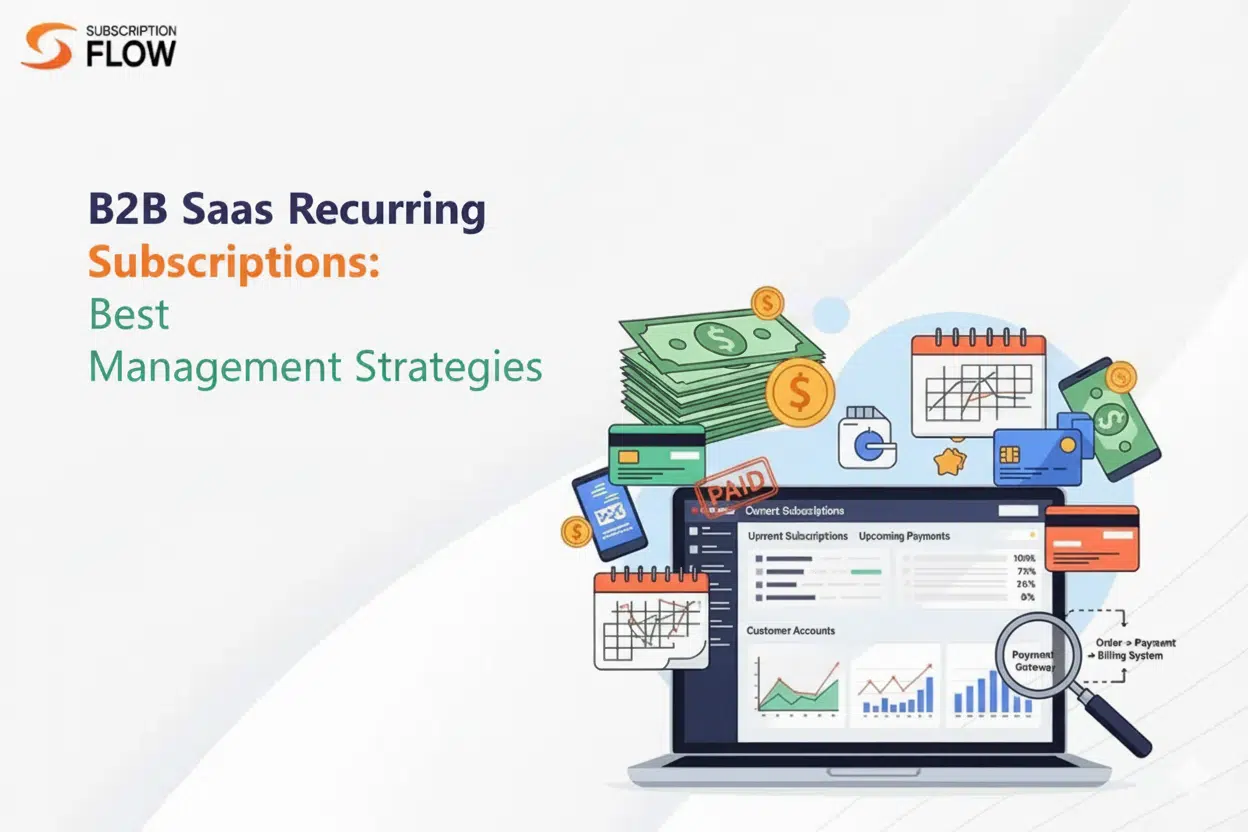
B2B SaaS Recurring Subscriptions: Best Management Strategies
The B2B subscriptions world is full of complexity. It’s harder to navigate compared to the B2C that offers relatively simpler services and has easier operations. A B2C subscription usually means a gym membership, Spotify or subscription boxes. But B2B subscriptions aren’t simple like that.
They revolve around factors such as multi-entity invoicing, custom pricing contracts, bulk software licenses, and so on. It goes far beyond plain recurring payment collection. Businesses need to orchestrate complex billing operations, manage sophisticated lifecycles, and build impactful and lasting subscription experiences.
So let’s dive into the best strategies B2B SaaS subscription businesses can implement to steer through the complications.
Features of B2B SaaS Subscriptions that Call for Specialized Management
B2B subscriptions have advanced management needs because they include factors like:
- Complex pricing models
Pricing for business clients isn’t restricted to standard, flat subscription fees. They need to be modified according to the nature of the services being offered, as well as the clients’ preferences. That’s why billing may involve flexible models like usage-based, milestone-based and volume-based pricing.
Hybrid pricing is another popular billing model in this context. Because hybrid models combine two or more pricing models and create a more flexible charging solution.
- Longer sales cycles
Sales or subscription cycles aren’t always monthly. In fact, yearly or other longer-term cycles are more favored in the B2B space. That’s because longer cycles mean less frequent payments, and higher service stability.
Custom contracts are also common for business clients. A custom contract conveys the terms and conditions of both the client and the service provider. Clients can negotiate terms, and add their own clauses based on their needs.
So the final contract is tailored to satisfy the client’s needs. It highlights the agreed-upon billing schedule, payment amount, service duration and maintenance, and so on. The service-providing business then bills its client according to the contract terms.
For instance, if the business and client agreed upon quarterly payments, then that’s how the client is charged.
- Account-level management
In the B2B context, it’s not individuals that sign up for a subscription. It’s entire companies. A company can have hundreds of employees who need to utilize a service. Therefore, billing can’t be user-based. That’s where the concept of account-based billing steps in.
It means that only one subscription account is created for the entire company, and all of the company’s users are managed under it. So there’s one billing interval, and one consolidated invoice that represents all. Separate subscriptions don’t need to be set up for each user.
But account-level management also has its own challenges. Service providers have to implement seat-based pricing, configure access rules for each user, handle billing changes when seats are added or removed, and consolidate bills.
- Global scale
If B2B service providers operate globally, they have additional complexities to conquer. They need to be able to bill in the client’s currency, and the client can be located in any country. Moreover, they need to pay attention to tax compliance, a must for trusted and penalty-free operations. Problem is, each region has its own jurisdictions.
For example, there is GST in Australia and VAT in Europe. What’s more, the invoices shouldn’t only reflect the taxes, they should also be formatted according to the accepted rules in different countries. For example, invoices in Europe must contain the customer’s VAT ID.
Keeping up with such global requirements is a headache without advanced management systems, and can lead to slow and inefficient operations.
Issues that Arise with Poor Management
Without an impactful subscription management strategy, businesses struggle with these challenges:
- Errors in large invoices
Invoices are usually consolidated, and reflect large amounts. Behind the final total amount are the complicated bill calculations carried out by the employees. And these calculations are always prone to human error. The larger the bill amount, the higher risk the billing error can put the business at.
- Difficulties in renewals and upgrades/downgrades
Automatic renewals are less common in B2B SaaS recurring subscriptions than in B2C models. Because a business client may require approval from different departments or personnel before renewing. Service providers need to consider that, and have to encourage timely renewals as well.
Moreover, the upgrades and downgrades can also be tricky as they may require mass access-control modification across users, and difficult proration calculations.
- Revenue leakage
Every billing error made by the business can put significant revenue at stake. For instance, if renewals face long delays, errors are spotted in invoices, proration isn’t handled efficiently, usage data isn’t accurately aggregated, etc.
- No visibility for RevOps teams
Subscription management software keeps all data in the same place, and updated. In the absence of a centralized data platform, billing and customer data becomes more like a maze that is difficult to navigate. RevOps teams don’t have the same data visibility leading to silos and missed actionable opportunities.
Best B2B Subscription Management Strategies You Need to Implement
These are some high-impact strategies that can be implemented for smart management:
- Automated and contract-based billing cycles
If billing workflows are made automatic, it takes half your burden away. Automation means no manual invoice generation and formatting, payment collection and proration etc. Billing flows run smoothly on their own so that they don’t consume a major chunk of your time.
To automate billing, businesses need to partner with modern subscription management software. This software handles multiple billing models at the same time, so you can offer usage-based, milestone-based or hybrid pricing all at once.
Plus, this software turns your contracts into well-running subscription cycles automatically too. So you don’t need to always configure settings manually.
- Consolidated invoicing
There’s one subscription account per company, so naturally it needs one invoice too. One invoice can consolidate all the users’ charges, and present the total payable amount. This invoice then needs to be sent to the main account holder i.e. the parent account. As mentioned above, there’s one account per company but that account can be hierarchical.
Meaning, it gives space to the child accounts too. The child accounts get the access from the parent account, and are controlled by the parent account as well. All consolidated invoices are sent to this parent account. So businesses need software that can handle such complex account hierarchies, and delegate access permissions across child accounts.
- Multi-gateway orchestration
Gateways are essential for global expansion. Each gateway opens up opportunities to expand into new countries. If you use software like SubscriptionFlow, you get smart payment gateway orchestration too. This means that gateways are automatically deployed where they are needed the most.
For instance, certain gateways are given preference for certain transaction types, so that lower processing fees are deducted. Similarly, gateways can also be auto-allocated according to customer location, so that payment is collected in the smoothest manner.
- Proactive dunning
Good dunning practices are the greatest help in recovering payments. As mentioned earlier, a B2B client may need several permissions before confirming renewal. In this case, the service-provider can send renewal reminders earlier so that clients can go through the necessary procedures timely.
If payments fail, then revenue can be recovered through auto-retries and smart communication. These tactics don’t require immediate service blockage, preventing strain in the client-business relationship.
- Segmented billing logic
If your business deals with multiple business clients at once, it’s important to note that they can have different expectations. Small businesses may not have the needs that enterprise clients do. They might not need account hierarchy and role-based permissions, for example. This means that you need to have a flexible subscription management solution that caters to each customer account differently.
- Intelligent analytics for revenue forecasting
Performance analytics are important for any business. They help in forecasting revenue, renewals and churn. Once the business has these insights within reach, it can formulate better management strategies to address weaknesses, and increase client satisfaction.
How AI-Powered SubscriptionFlow Helps
At SubscriptionFlow, we help B2B SaaS companies reach maximum efficiency in their management operations. Here’s a glimpse into what the software handles for you:
- Smart billing that auto-adjusts
Go beyond rule-based automation. SubscriptionFlow automates billing, and its AI backbone adjusts it where needed. The software automatically detects and fixes invoice mistakes, creates well-structured invoices, bills based on various models, improves renewals and more.
- Tax compliance & external integrations
Taxes are auto-calculated based on the latest rules, and presented on the invoices. SubscriptionFlow also integrates you with expert tax management and accounting software. Its strong APIs ensure that integrations become hassle-free, and data exchange among platforms automated to keep data centralized.
- Complex proration
Plan changes are no longer intimidating. Whenever the clients upgrade or downgrade plans, or add or delete user licenses, their payable amounts get auto-prorated in real-time. New invoices are instantly created and dispatched, and access to updated entitlements is immediately granted.
- Dashboards for RevOps alignment
You can access smart dashboards that give you an overview of all your business activity. You can track your billing performance, client accounts, incoming payments, etc. everything from one place. This centralized view keeps your RevOps teams on the same page, and helps you draft better growth strategies.
Focus on growth, not billing. Try SubscriptionFlow today for expert B2B SaaS subscription management.


